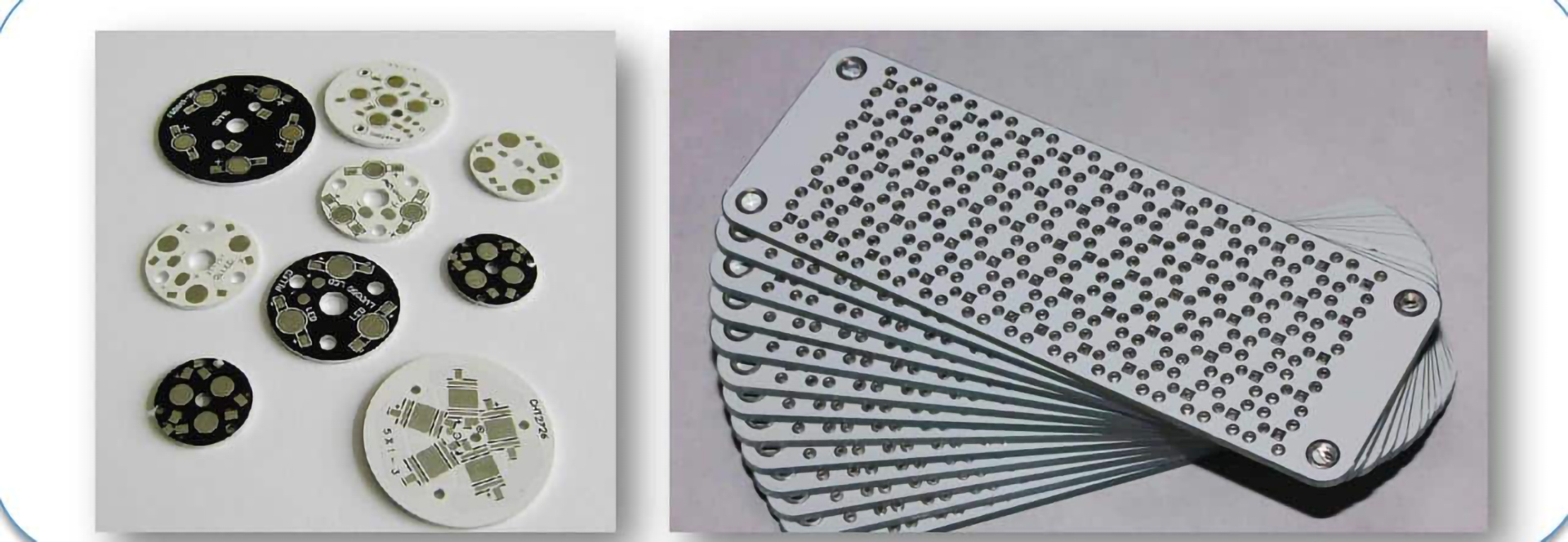
Manufacture 1-4 Layer aluminum PCB, Thermal Conductivity: 1- 5w Special Material; Bergquis, Laird, PTTC…

Aluminum PCB are metal-based, copper-clad laminates with a good heat dissipation function. Generally, a single Aluminium metal core pcb is composed of a three-layer structure: a circuit layer (copper foil), an insulating layer, and a metal base layer. Aluminum PCB are commonly found in light-emitting diode (LED) lighting products. There are two sides—the white side is for soldering the LED pins, and the other side is the natural color of aluminum.
Generally, the thermal conductive paste will be applied to come into contact the thermal conductive part. Very few applications are multi-layer aluminum PCB boards, which can mix-press ordinary multi-layer boards like FR-4 (glass-reinforced epoxy) with insulating layers and aluminum core.
XDF support 1 laye to 6 layer aluminum base board Manufacturing, Send your PCB File Now.
LED alu pcb substrate is often referred to by the shorthand PCB, but the material is aluminum based. In the past, our general circuit board material was glass fiber (FR-4), but because the LED heats up, the circuit board used in LED lamps is generally aluminum substrate, since it has good thermal conductivity and electrical insulation properties compared to other equipment, electrical circuit boards or fiberglass boards.
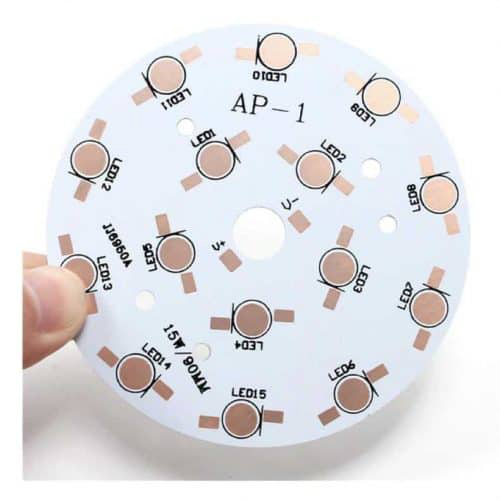
In addition, using aluminum substrates has the following unique advantages:
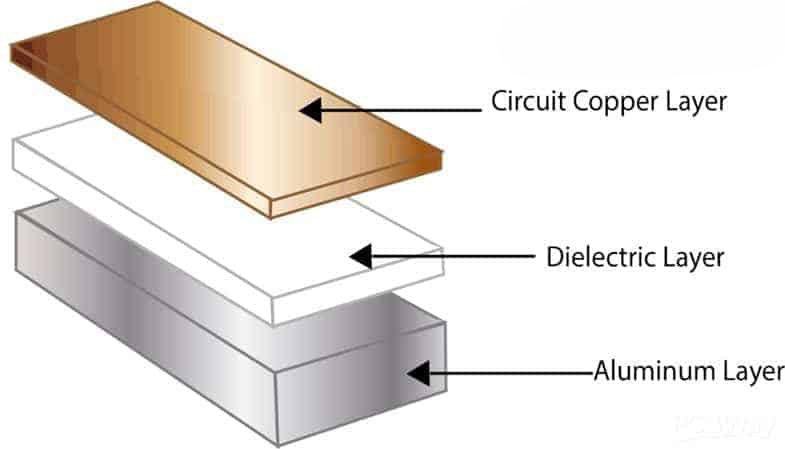
The circuit layer (usually electrolytic copper foil) is etched to form a printed circuit, which is used to realize the assembly and connection of the components. Compared to FR-4s with the same thickness and the same line width, the aluminum substrate can carry higher current.
The insulating layer is the core technology of the
Aluminum substrate , which plays the primary role of bonding, insulation, and heat conduction. The insulating layer of the aluminum substrate is the largest thermal barrier in the power module structure.
The better the thermal conductivity of the insulating layer, the more conducive to the diffusion of heat generated during the operation of the device—and the more conducive to reducing the operating temperature of the device, so as to increase the power load of the module, reduce the volume, extend the life, and increase the power output.
What kind of metal is used for the insulated metal substrate depends on a comprehensive consideration of the thermal expansion coefficient, thermal conductivity, strength, hardness, weight, surface condition, and cost of the metal substrate.
Under normal circumstances, considering the cost and technical performance, aluminum plating is an ideal choice. Available aluminium metal core pcb are 6061, 5052, 1060, etc. If there are requirements for higher thermal conductivity, mechanical properties, electrical properties, or other special properties, then copper plates, stainless steel plates, iron plates and silicon steel plates can also be used.
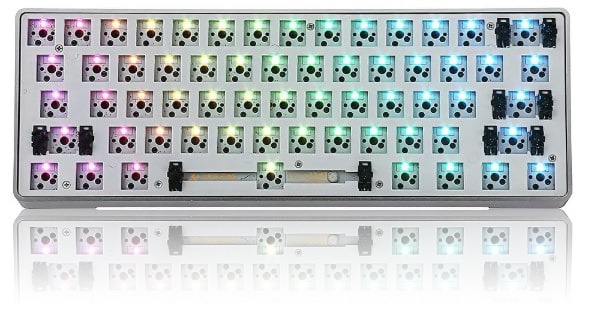
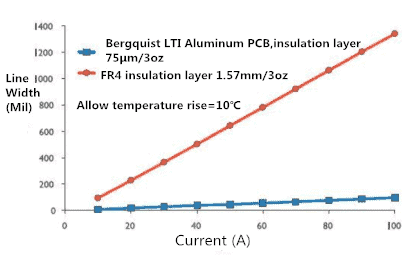
aluminium metal core pcb (metal base heat sink [including the aluminum base plate, copper base plate, iron base plate]) is a low-alloyed Al-Mg-Si series high-plasticity alloy plate (see the figure below for the structure). This has good thermal conductivity and electrical insulation performance as well as mechanical processing performance.
Compared to the traditional FR-4, the aluminum substrate adopts the same thickness and the same line width, can carry higher current, can withstand voltage up to 4500V, and the thermal conductivity is greater than 2.0. The industry is dominated by aluminum substrates.
Some other bendable aluminum pcb advantages include:
Street lamp aluminum substrate
Compared to other materials, Aluminum PCB use materials with incomparable advantages. Suitable for surface-mount technology (SMT) public art of power components. No radiator is needed, the volume is greatly reduced, the heat dissipation effect is excellent, and the insulation performance and mechanical performance are good.
The LED die (or semiconductor device) substrate is mainly used as a medium for heat dissipation between the LED die and the system circuit board. This substrate is combined with the LED die through the process of wire bonding, a eutectic system or flip chip. Based on heat dissipation considerations, the LED die substrates on the market are mainly ceramic substrates, which can be roughly divided into three types: thick film ceramic substrates, low temperature co-fired multilayer ceramics, and thin film ceramic substrates.
For high-power LED components, thick-film or low-temperature co-fired ceramic substrates are mostly used as die heat dissipation substrates, and then the LED die and the ceramic substrate are combined with gold wires.
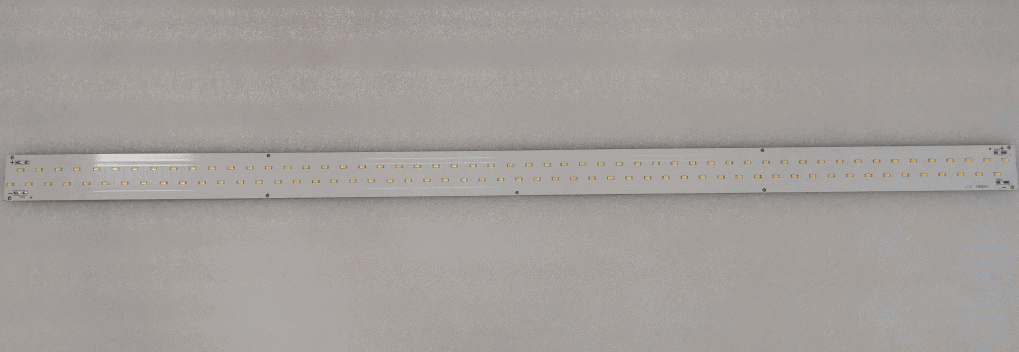
As mentioned in the introduction, this gold wire connection limits the effectiveness of heat dissipation along the electrode contacts. Therefore, major domestic and foreign manufacturers are all working hard to solve this problem.
There are two solutions. One is to find a substrate material with a high heat dissipation coefficient to replace alumina—including silicon substrate, silicon carbide substrate, anodized aluminum substrate, or aluminum nitride substrate. Among them, silicon and silicon carbide substrate are semiconductor materials. Due to its characteristics, it has encountered more severe tests at this stage, and the anodized aluminum substrate is easy to conduct due to cracking resultant from the insufficient strength of the anodized oxide layer, which limits its practical application.
Therefore, at this stage, the more mature and generally accepted solution is to use aluminum nitride as the heat dissipation substrate; however, the aluminium nitride substrate is not suitable for the traditional thick film process (the material must be heat-treated at 850°C in the atmosphere after the silver paste is printed; there is thus a material reliability problem), therefore, the aluminum nitride substrate circuit needs to be prepared by a thin film process.
This thin film process greatly accelerates the efficiency of heat from the LED die through the substrate material to the system circuit board, thus greatly reducing the burden of heat from the LED die to the system circuit board through the metal wire, thereby achieving a high heat dissipation effect.
Some common applications are:
With the promotion energy-saving lamps, various efficient and brilliant LED lamps are greatly welcomed by the market, and the aluminum substrates used in LED lamps have also begun to be applied on a large scale.
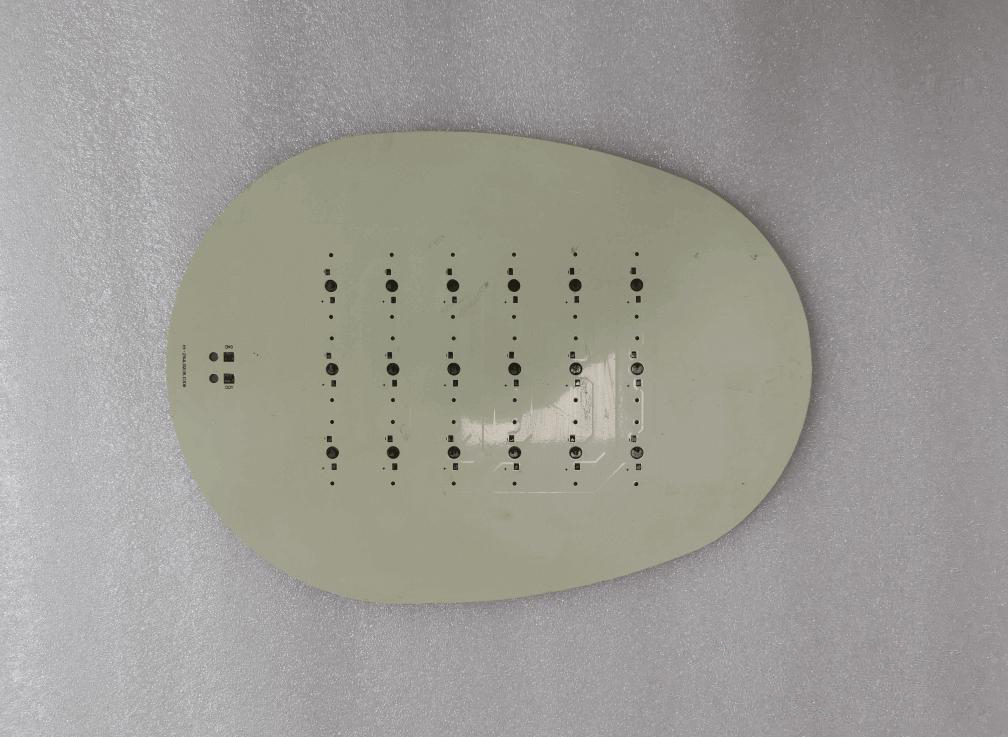
① Open the first piece to check its size
② Look for scratches on aluminum surface and copper surface
③ Pay attention to the delamination and the front of the board
① Check the number of holes and the size of holes
② Avoid scratches on the sheet
③ Check the front of the aluminum surface and the deviation of the hole position
④ Check and replace the drill bit in time
⑤ The drilling is divided into two stages: first, after cutting, drill the peripheral tool hole; second, drill tool hole in the unit after solder mask
① Check whether there is an open circuit after development
② 2layer mcpcb Check whether there is deviation in the development registration to prevent the occurrence of dry film breakage
③ Pay attention to the defective circuit caused by scratches on the board surface
④ Ensure that no air remains during exposure to prevent poor results
⑤ After exposure, keep still for more than 15 minutes before developing
① Note whether the etching is not clean, or that the etching is excessive
② Pay attention to line width and line thinness
③ Ensure that there is no oxidation or scratching on the copper surface
④ Remove the dry film to clean
① Anti-solder: protect the circuit that does not need to be soldered, and prevent the entry of tin from causing a short circuit
② Characters: play a role in marking
① Check whether there is debris or foreign substances on the board
COB aluminum substrate
COB aluminum substrate
② Check the cleanliness of the screen
③ Pre-bake for more than 30 minutes after screen printing to avoid bubbles in the line
④ Pay attention to the thickness and uniformity of the silk screen
⑤ After pre-baking, the board should be completely cooled to avoid staining the film or destroying the gloss of the ink surface
⑥ Place the ink face down when developing
① V-CUT: Connect the single PCS circuit to the whole PNL plate cutting and leave a small part to facilitate packaging and taking out
② Gong board: remove the excess part of the circuit board
① Pay attention to the size of the V, incomplete edges, and burrs during V-CUT
② Pay attention to burrs and skewed gong knives, check and replace gong knives in time
③ Finally, avoid scratches on the board when removing the front
① Line test: check whether the completed line works normally
② Withstand voltage test: check whether the completed circuit can withstand the specified voltage environment
③ OSP: Let the circuit be better soldered
① Distinguish between qualified and unqualified products after testing
② Take care of the placement after finishing OSP
③ Avoid line damage
① bendable aluminum pcb FQC conducts full inspection and confirmation of the product
② FQA conducts sampling verification
③ Pack and ship to customers as required
① FQC pays attention to the confirmation of the appearance during the visual inspection and makes a reasonable distinction
② FQA conducts random inspections to verify FQC inspection standards
③ Confirm the packaging quantity, avoid mixing boards, wrong boards, and packaging damage
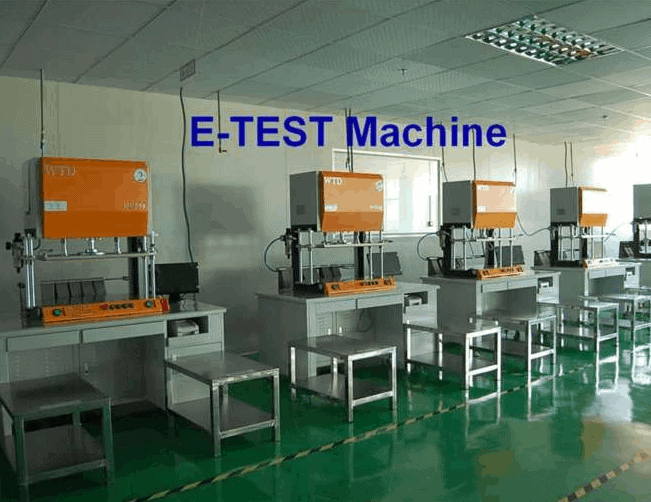
※ The above thickness is only the thickness of the adhesive layer, not including copper foil and copper plate.
Aluminum PCBs are generally stored in a dark and dry environment. Most led tube lighting metal core pcb are prone to dampness, yellowing, and blackening. Generally, they should be used within 48 hours after opening the vacuum package.
The commonly used metal aluminum-based plates for aluminum substrates mainly include 1000 series, 5000 series, and 6000 series. The basic characteristics of these three series of aluminum materials are as follows:
① 1000 series represents 1050, 1060, 1070. 1000 series aluminum plating is also called pure aluminum plate. Among all series, the 1000 series contains the most 2layer aluminum enig pcb, and the purity can reach more than 99.00%. Because it does not contain other technical elements, the production process is relatively simple and the price is relatively cheap. It is the most commonly used series in conventional industries. Most of the products circulating on the market are 1050 and 1060 series.
The 1000 series aluminum plate is based on the last two digits to determine the minimum aluminum content of this series. For example, the last two digits of the 1050 series are 50. According to the international brand naming principle, its aluminum content must reach 99.5% or more to be a qualified product. In my country’s aluminum alloy technical standard (GB/T3880-2006), it is also clearly stipulated that the aluminum content of 1050 reach 99.5%. For the same reason, the aluminum content of the 1060 series aluminum plate must reach 99.6% or more.
② 5000 series represents 5052, 5005, 5083, 5A05 series. The 5000 series aluminum plate belongs to the more commonly used alloy aluminum plate series, the main element is magnesium, and the magnesium content is between 3-5%, which is also called aluminum-magnesium alloy. The main features are low density, high tensile strength, and high elongation. In the same area, the weight of aluminum-magnesium alloy is lower than other series,
so it is often used in aviation, such as aircraft fuel tanks. In addition, it is widely used in conventional industry. Its processing technology is continuous casting and rolling, which belongs to the hot-rolled aluminum plate series, so it can be used for oxidation deep processing. In my country, the 5000 series aluminum sheet is one of the more mature aluminum sheet series.
③ 6000 series represents 6061, mainly containing magnesium and silicon, so the advantages of 4000 series and 5000 series are concentrated. 6061 is a cold-treated aluminum forging product, suitable for applications with high requirements for corrosion resistance and oxidation. It boasts good workability, excellent interface characteristics, easy coating, and good processability.
The general characteristics of 6061: excellent interface characteristics, easy coating, high strength, good workability, and strong corrosion resistance. Typical uses of 6061 aluminum: aircraft parts, camera parts, couplers, ship parts and hardware, electronic parts and connectors, etc.
Considering the texture, hardness, elongation, chemical properties, and price of the material itself, aluminum substrates are generally commonly used in 5000 series aluminum alloy 5052 aluminum plates.
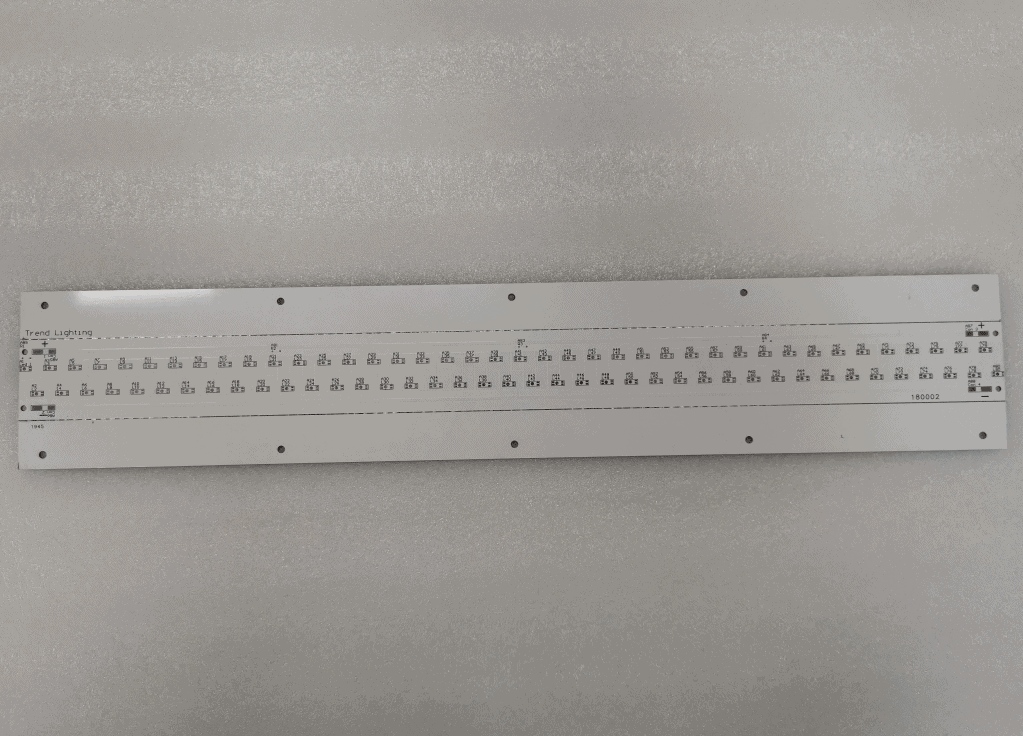
According to the process: HASL/LF Aluminum PCB, aluminum OSP Aluminum PCB, Immersion Silver Aluminum PCB , Immersion Gold Aluminum PCB, etc.
According to use : street lamp aluminum PCB, fluorescent lamp layer aluminum enig pcb, LB aluminum PCB, COB aluminum PCB, Packaging aluminum base board, bulb aluminum PCB, power supply aluminum PCB, automotive 2layer aluminum pcb and so on.
XDF has been offering aluminum PCB manufacturing services for over ten years. Our full feature aluminum circuit board–making capabilities and value-added options, including Free DFM Check, allow you to get high-quality aluminum PCBs fabricated within budget. 2layer aluminum pcb printed by XDF are widely used for LED lighting, power equipment, and automotive systems.
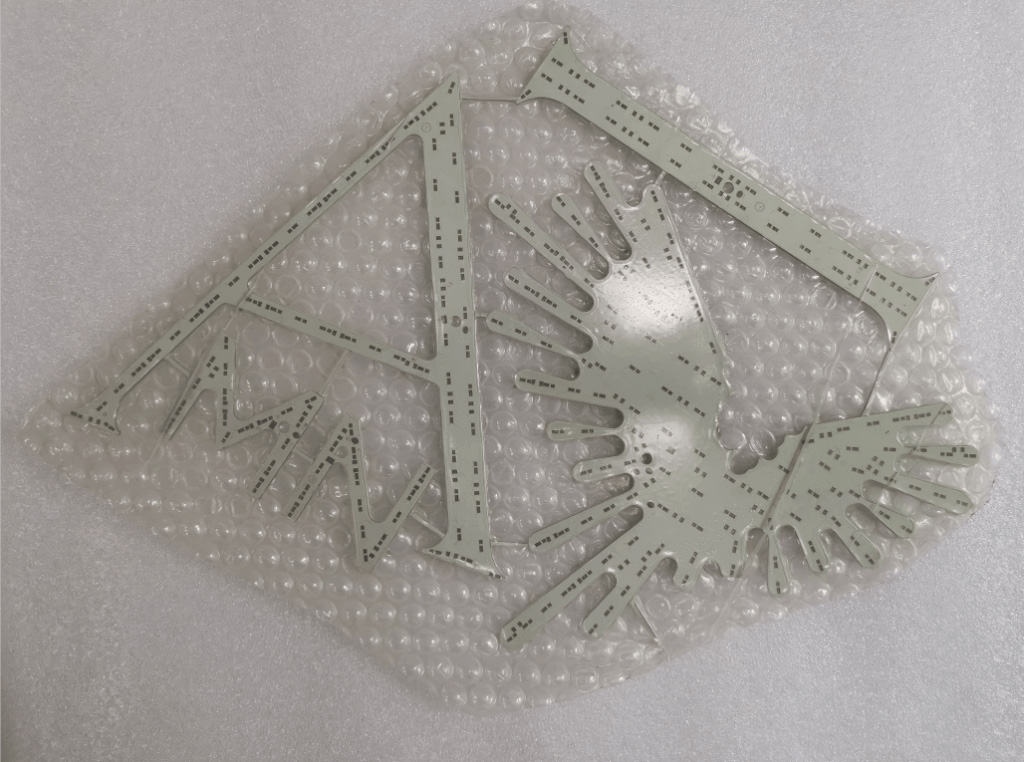
The metal core of the thermal PCB can be 2layer mcpcb (aluminum core PCB), copper (copper core PCB or a heavy copper PCB), or a mixture of special alloys. The most common is an aluminum core PCB.
The thickness of metal cores in PCB base plates is typically 30 mil – 125 mil, but thicker and thinner plates are possible.
Metal Core Printed Circuit Board (MCPCB) copper foil thickness can be 1 – 10 oz.
XDF can produce 1-Layer, 2-Layer,4-Layer, and 6-layer Aluminum PCBs. Multilayer aluminum PCB are mainly used by high-power industrial products like outdoor LED screens.
White & Black. We can provide super white color for LED PCBs to improve the LED lumen.
C4 Jinxiongdakejiyuan Huanguannan rd, Guanhushequ, Longhua district Shenzhen China
Certifications

Delivery

<

 Quote
Quote